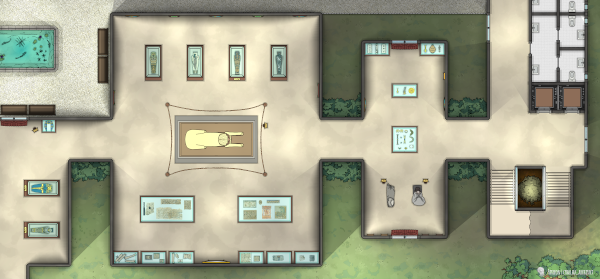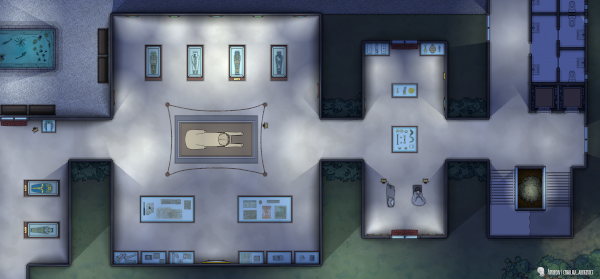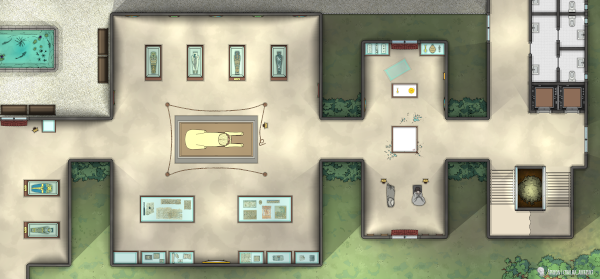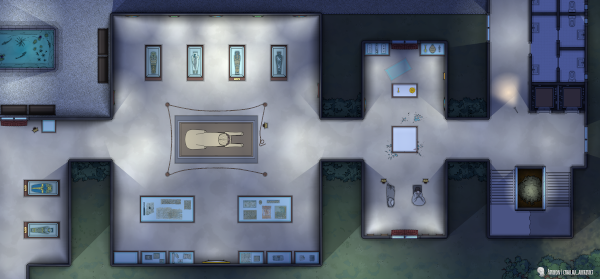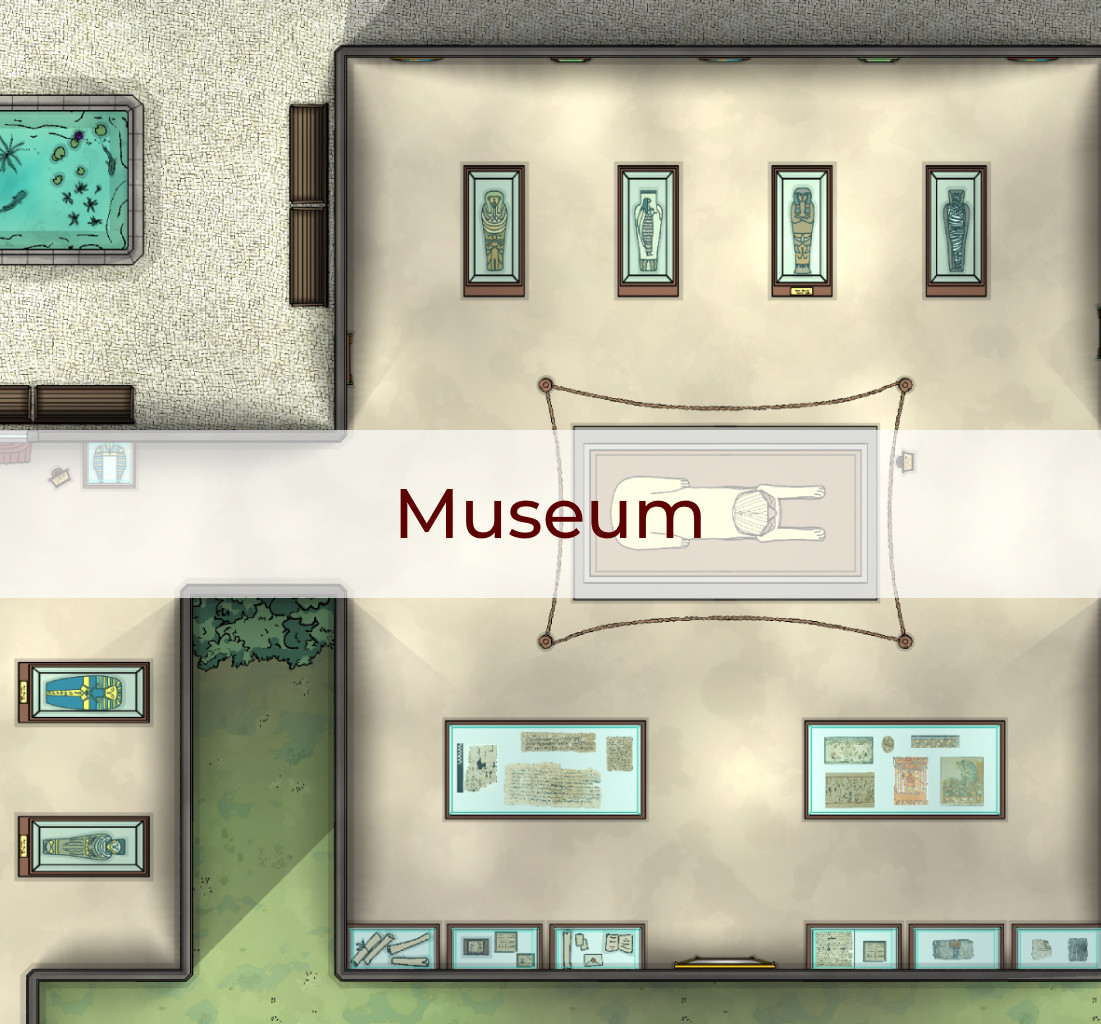Why do the hieroglyphs shift to reveal new meanings? What makes the artifacts hum with ancient power? How do the shadows form pharaonic symbols at midnight? Why do the mummies' wrappings rustle when no one is near? What causes the scarabs to move in impossible patterns?
Follow Cthulhu Architect on BlueSky!In every wanderer there is a latent urge to return to the scenes of his childhood.
― H.P. Lovecraft, The Horror in the Museum
Curator Thessaly Blackwood had always prided herself on her methodical approach to antiquities, but the newly acquired collection from the Khenti expedition troubled her in ways she couldn’t articulate. The hieroglyphs on the central stele seemed to shift when viewed peripherally, and the canopic jars hummed with an almost imperceptible vibration that made her teeth ache.
It began with the night watchman, found catatonic before the Dynasty XVIII display, his eyes rolled back to show only white. The doctors called it a seizure, but Thessaly had seen his pupils---they weren’t dilated from medical distress, but contracted to pinpricks, as if he’d been staring directly into an impossible light. Security footage showed him standing motionless for three hours, facing the golden burial mask, his mouth moving in silent conversation.
The museum director dismissed her concerns until the second incident. Dr. Cornelius Thorne, the Egyptologist who’d authenticated the collection, was discovered in his office, frantically scribbling hieroglyphic symbols across every surface---walls, desk, even his own skin. When they tried to read his writing, the symbols seemed to writhe and dance, forming patterns that hurt to comprehend. Thorne himself could no longer speak any modern language, only ancient Egyptian phrases that predated known records.
Thessaly began researching the expedition’s notes, discovering disturbing gaps in the documentation. The dig site wasn’t listed in any official archaeological survey, and the artifacts themselves bore inscriptions that referenced entities absent from traditional Egyptian mythology. The more she translated, the more she understood that these weren’t religious artifacts at all---they were warnings, containment devices for something that should have remained buried beneath the desert sands.
On her final night in the museum, as she prepared to recommend the entire collection be returned to Egypt, Thessaly felt the familiar humming grow stronger. The lights flickered, and in that strobing illumination, she saw the truth: every artifact in the wing was moving slightly, rotating toward a central point like compass needles finding magnetic north. And at that focal point, space itself seemed to bend inward, revealing glimpses of star-filled voids and geometries that violated every natural law she’d ever known.
